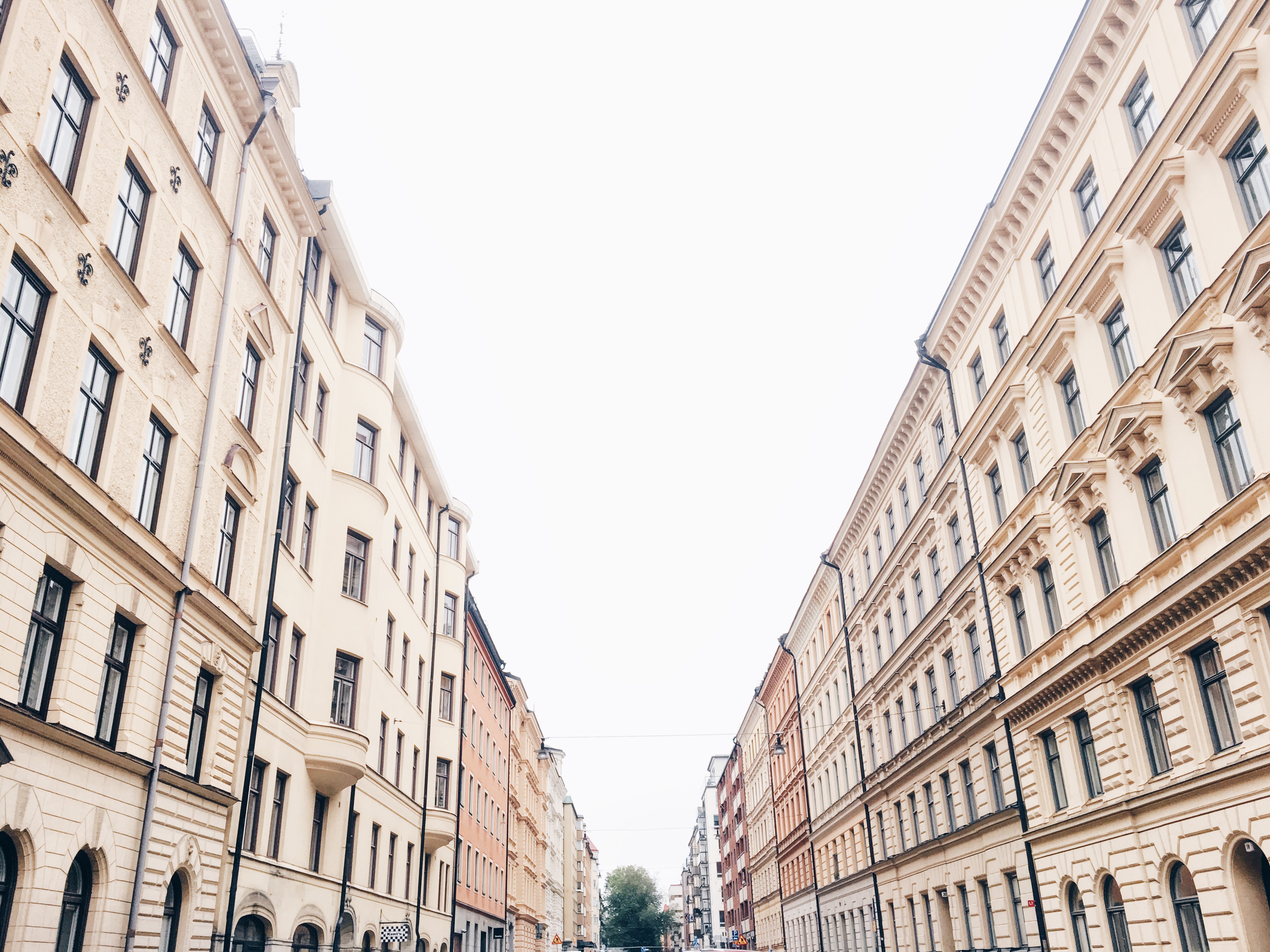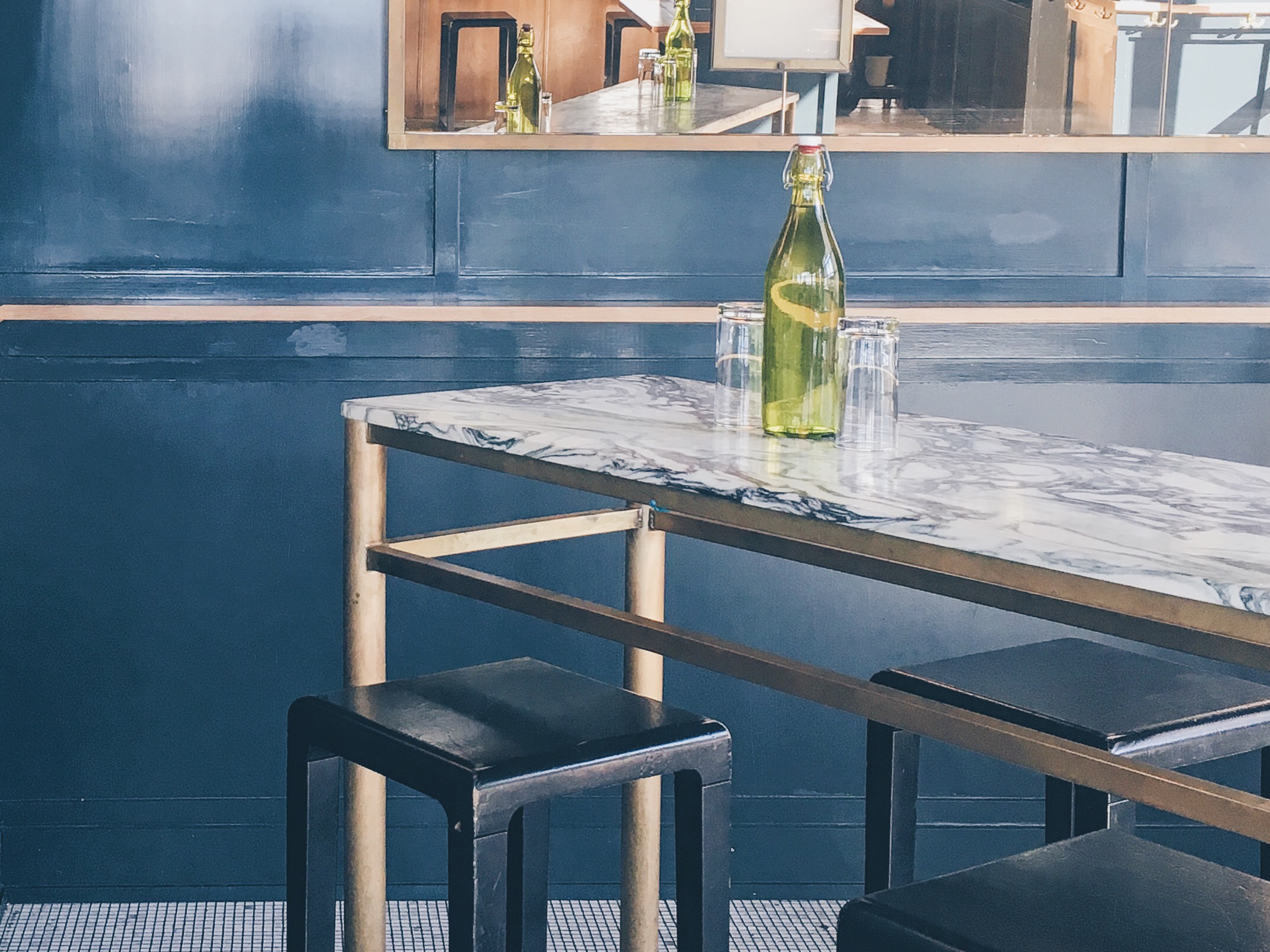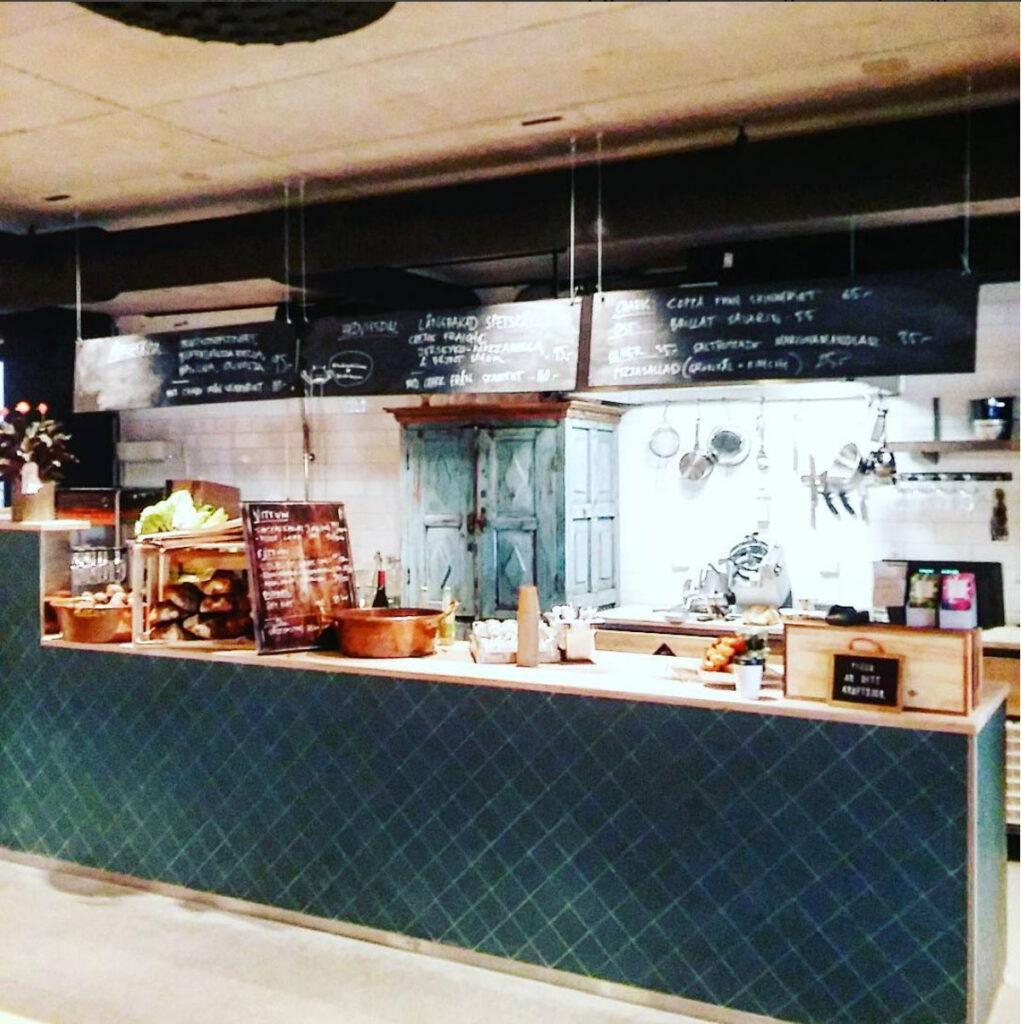The Lost In City Guides are challenging the way that we discover our most visited cities around the globe. In an internet exploration and social media fuelled world, our ability to see a city through our own eyes can be difficult to say the least. Not only do we have access to thousands of images, predisposed ‘must do’ lists and tourist trap suggestions on our phones, tablets and computers, this also limits our ability of immersing ourselves fully into the unknown quirks of a city that can only be accessed when we shift away from the norm.
I cannot deny that going to a new city without any forward planning can be tricky. Our time is precious and we, of course, need to make the most of our excursions. But for those of us with a little more sense of adventure, or keen to “live like a local” for a certain period of time, Lost In city guides providing the answers.
I recently took the opportunity to test out three of the travel guides: Stockholm, New York City and Copenhagen.
The tag line of the guides expresses this simple but inspiring ethos:
Getting lost in the city is not about throwing away the map. It’s about surrendering yourself to the essence of the place. The sights, smells, flavours and sounds that make it unique…the art and creativity that provide its individual inspiration.
The guides separate their content into cleverly curated chapters. Instead of providing reams and reams of suggestions for places to go, food joints to eat in and museums and galleries to visit (all in a miniscule font), their recommendations are interspersed amongst crafted narrative for neighbourhoods, testimonials, stories, showcases and editorial picks. This is often provided by a ‘local’ or someone who is very familiar with the city.
Instantaneously the Lost In city guides have a likability factor. Their slick and clean aesthetic is accompanied by a generous amount of photography that captures the essence of each city through images centred predominantly on people and their environment. In doing this, you can situate yourself vicariously through those pictures and start to lose yourself.
The key to Lost In is that it doesn’t dumb down to its audience and reader. They understand that the seasoned traveller and explorer doesn’t need pandering to but rather denote subtle and considered advice.
I arrived in Stockholm and quickly found myself at my airbnb in SoFo. With my guide in hand, I turned to the Södermalm section and began reading. Quickly, I felt I was absorbing the city from an alternative angle. Compared with previous guides that I had meandered through, I was reading about the city from a subjective and personal perspective. This is a rare find in a guide book. I felt as though I was being let in on some secrets and insider info that only a true native would know about – either that, or the narrative is extremely clever in suggesting ‘you are the only one in the know’.
But this is the purpose of the Lost In series. You should be able to experience some level of escapism in a city. The layout of the guide is integral to this. Rather than separating the guide into sections for food, hotels, culture etc, Lost In focuses on an individual’s interpretation of their city or a specific area.
Whilst in Södermalm, I could therefore walk in the steps of another, but at the same time feel like I was taking charge of my experience of the city. The gentle nudge the guides offer allows you to focus on the surroundings of the district you are in, rather than making a bee-line for a particular destination.
This style of city adventuring became apparent when using the guides in New York City and Copenhagen. Lost In anticipate a mood and the certain quirks and charms of different areas, you can then interpret that as you will. To go one step further, their choice of personal essays and articles are heartfelt, introspective and are relevant to the reader.
A particular favourite is Mikkel Sarbo’s (a restaurateur) take on the Meatpacking District (and beyond) of Copenhagen. This question answer style section leads Sarbo to detail, in his opinion, the finest finds in the Danish capital. Whether this is the hottest food joint or the best street to take a photograph on, the suggestions are earnest and not pandering to the latest trends or hippest place to be. The commentary is continually social and reflective upon the changing and various demographic groups of a city such as Copenhagen. So whether your on a blow out or a shoe string budget, the guides cater for all.
By the time I had hit New York City, I understood the Lost In mentality. Taking on board the suggestions of a Brooklyn native or Manhattan maverick, they were there to point you in the right direction, but not predispose my trip. I found that I was looking at a city through a new set of eyes and learning that it’s the smaller details in urban exploration that can often captivate a traveller. There is a retrospective element to the guides too. I found reading Joey Goebel’s essay on his first time in the city was made all the more relevant by going back to the guide and after ‘losing myself’ then consequently understanding the reflections on the city even more.
So, whether it is food, nightlife, shopping or outdoor explorations, Lost In has it all. Filled with subtle information, but bursting with character it is certainly no trouble becoming immersed in metropolises around the world.
If you want to avoid the generic, then why not give these guides a go? It certainly allows the discovery of a city more personable and in turn asks you what you most enjoyed about being in a space that isn’t a cliche of somebody elses already over-trodden path.
Go to https://www.lostin.com/ to find out more and get your own city guides and follow them on instagram @lostincityguides



















